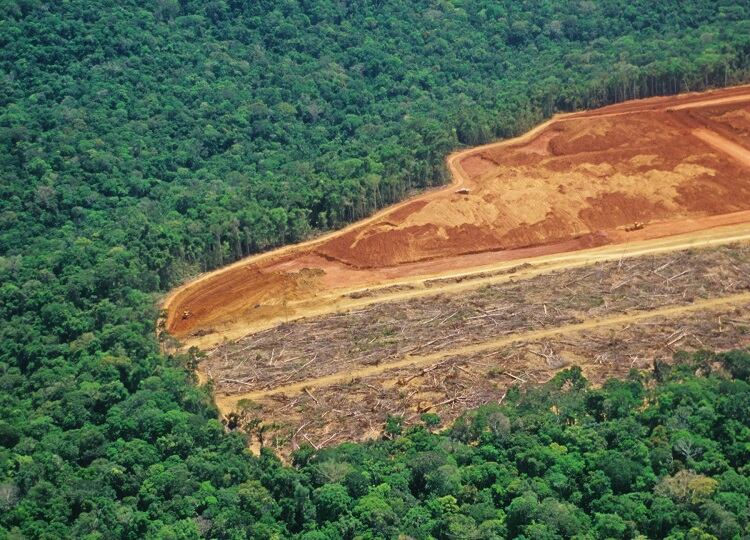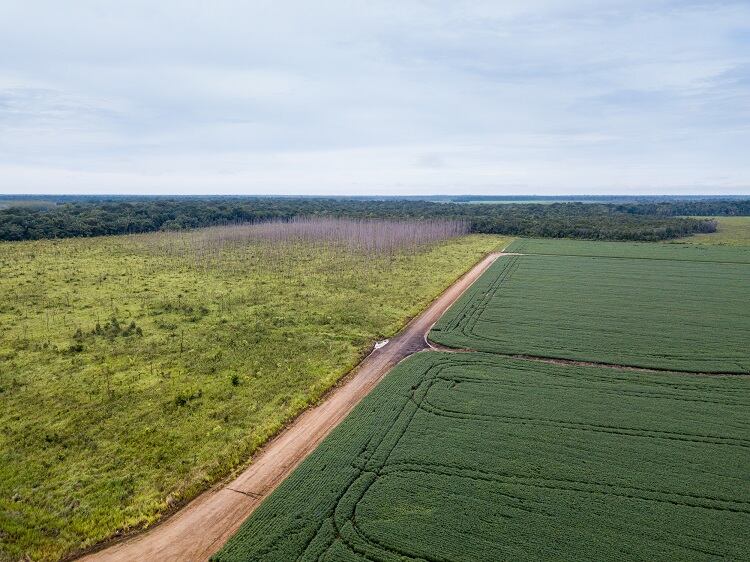The European Union could be very close to reaching a political agreement on its due diligence legislation. And yet, according to soy industry stakeholders, the proposal as it stands presents significant challenges.
To start with, is it likely countries will easily accept their ‘high-risk’ status, if they are deemed to be responsible for elevated rates of deforestation or forest degradation? Do producing countries have the infrastructure required to comply with the proposed legislation?
And importantly, is there enough demand to help spread the added costs associated with deforestation-free products across the supply chain? FoodNavigator investigates.
Will countries resist their ‘high-risk’ status?
The proposal, put together by the European Commission’s Directorate-General for Environment (DG ENV), sets itself apart from other policies with similar aims by implementing a benchmarking system, whereby countries and regions are classified as low-, standard-, or high-risk, according to the commodity in question.
“The criteria are set out in the regulation…The most relevant of them is the rate of deforestation and forest degradation,” explained DG ENV’s international relations officer Diego Torres. “This is also under discussion and part of [proposed] amendments. There is no final text on this part of the legislation," he told delegates at the Round Table on Sustainable Soy (RTRS) annual conference in Germany last week.
How countries and regions will react to their classification status could prove a challenge. Countries will be informed of their categorisation – as either low-, standard-, or high-risk, and they will then have the opportunity to either ‘support’ the regulation or ‘complain’ about their classing, suggested Torres.
“Of course, we are aware there will be some resistance in some countries, we are not naïve about that…”
At the same time, industry is concerned there is not enough public information on what traceability data will be required from benchmarking categories. According to Torres, companies sourcing from countries or regions considered as low-risk will exercise a simplified due diligence, meaning they will not be required to assess and mitigate risks.
But trade association FEDIOL, which represents Europe’s vegetable oil and proteinmeal sector, wants more information on how this will play out in real life. “There is no culture of providing enhanced transparency on low-risk areas, and we have no idea of how this will translate in Europe,” Director-General Nathalie Lecocq told delegates at the RTRS event.
“We don’t know whether people will continue to source from high-risk areas, or whether it’s going to be so complicated that they turn to low-risk areas…to rely on safe sources rather than on high-risk sources.”
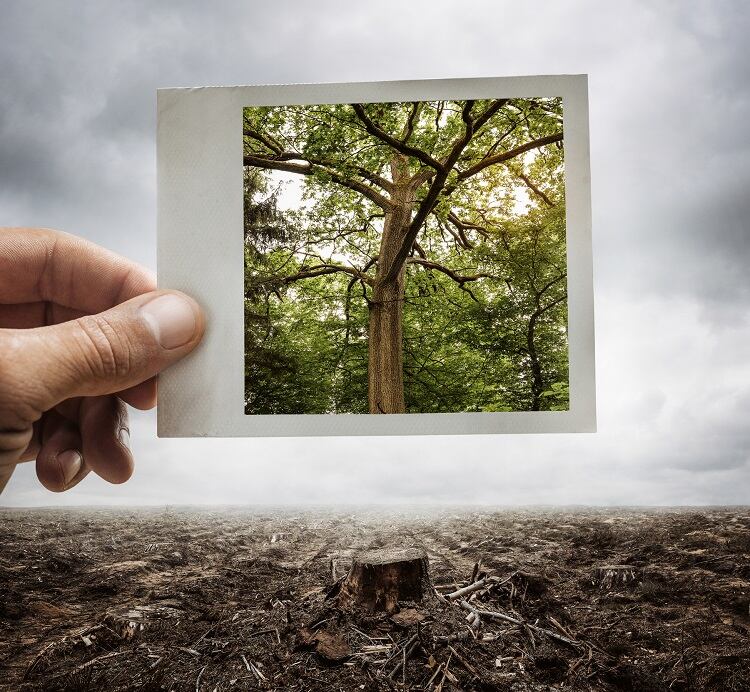
What is certain, is that producers of some commodities in Latin America, such as soy, have little power over which countries they sell their commodities to. Opting to not sell to the EU once these regulations come into force, however, is not a ‘clear option’, explained a former soy producer from the region attending the event.
“Farmers do not choose where they are going to sell, whether to Europe, China, or to any other country. They sell to a trader,” he told delegates, citing Cargill, Bunge, and ADM as big-name traders in soy.
“At the end of the day, the traders mix up the volumes to [meet] demand…I don’t think there is a clear choice from producers or even from traders to sell exclusively to [a particular country]…or even to a [particular trader].
“It depends on price, it depends on freight, it depends on a lot of things.”
Protecting forests, not savannahs
DG ENV’s proposal is focused on deforestation and forest degradation in global supply chains. It does not cover non-forest biomes, such as the Cerrado – a savannah covering more than 20% of Brazil where deforestation is twice as prevalent as the better-known Amazon rainforest.
Regulating commodities produced on converted forests only has attracted criticism from environmentalists. Failing to recognise other threatened ecosystems beyond forests risks shifting land-use change from forests to other areas, such as savannahs and peatlands, according to WWF.
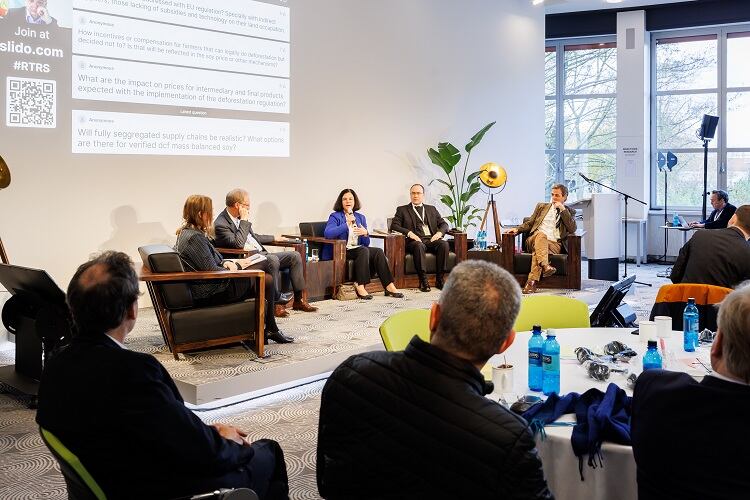
DG ENV stands by its decision to focus on land-use change in forests only. According to DG ENV's Torres, it comes down to the definition of ‘forest’.
According to the FAO, the term ‘forest’ refers to land spanning more than 0.5 hectares with trees higher than five metres and a canopy cover of more than 10%. “If just 10% is covered [by canopy], it looks more like a savannah than a forest,” explained Torres, “which means we do already cover much of the Cerrado [because areas have more than 10% canopy cover].
“If you look at FAO figures, you will see that the percentage of remaining vegetation in the Cerrado, under the definition of forest, is about 70%."
As to whether the proposed regulation will be amended to protect non-forest ecosystems, as has been suggested by the European Parliament, is not yet known. On this coming Monday (5 December), the Commission, the Parliament, and the Council of the European Union will meet for their third political trilogue, in an effort to achieve a political agreement.
“I can’t anticipate the results of the trilogue conversation legislative process, but the Commission sticks by its original proposal and we would like that assessment to be done in the first review," said Torres, meaning two years later the regulation would come into force.
Industry, too, is hesitant to expand the regulation to cover non-forest biomes. In Brazil, farmers are required to leave 20% of the area in a property, or 80% in the Amazon, to forest or its native vegetation. This means that every producer is already able to capture a ‘huge amount of carbon’ on their land, explained Daniel Furlan Amaral, chief economist at the Brazilian Association of Oilseed Industries (ABIOVE).
At the same time, deforestation rates in the Cerrado are slowing, he suggested. “When we look to official data that has been released about the Cerrado, we see that deforestation there is decreasing and also that [the amount of] soy coming from newly deforested areas is smaller each year.
“So do we really need [regulation that covers non-forest biomes] or can we develop a voluntary mechanism for companies that want to explore [this kind of protection] and voluntary mechanisms for producers that want to set aside more areas?” In Amaral’s opinion, this is what is required.
The missing piece: infrastructure
A major hurdle standing in the way of successful due diligence throughout the entire supply chain is a lack of infrastructure in producing countries.
To ensure commodities entering European supply chains are compliant with the new legislation, they will need to be kept separate from commodities entering countries will less stringent regulations. Installing the infrastructure required to segregate EU-intended commodities is costly, and in some cases, prohibitive.
“In Brazil, we still lack a lot of infrastructure,” said ABIOVE’s Amaral, referring to silos, processing lines, trucks, trains, and port elevators. “I don’t know if we could segregate [EU-intended soy] right now, we still have high interest rates, so it’s [very costly] to do.”
Attracting investors help foot the bill for new infrastructure is also likely to prove challenging, suggested the economist. “[Building] a whole new infrastructure only to export to Europe would create a lot of risk. A lot of that infrastructure would remain underutilised.” Instead, Amaral wants to find a solution reliant on the ‘lowest possible cost’.
FEDIOL, too, is aware of rising costs associated with the proposed regulation. Decisions to install physical infrastructure to comply with the legislation will likely come down to finances, suggested Lecocq. “It will probably [end up being] a business decision, to see whether it’s economically viable. Increased cost is certainly something we see rising from these requirements.”
Cost is a concern throughout the supply chain, right down to the first link. Agronomist, producer, and advisor in production systems under zero tillage and precision agriculture, Alejandro O’Donnell, stressed costs should be shared across different stakeholders. “We need to share the whole cost of sustainability,” he told delegates at the RTRS event, “it should not only be on the shoulders of the farmers.”
Is it worth the added cost if there is not enough demand?
On the other end of the supply chain, O’Donnell queries whether consumers – and thus, businesses – are willing to pay a premium price for deforestation-free soy. In which case, would farmers see a significant return on investment in real terms?
Of the 127m acres – an area half the size of Argentina – of soy produced globally per year, five million tonnes is RTRS certified. In Europe, just one-quarter of all soy imported is certified by RTRS.
A representative from a soy crushing facility in Italy told delegates the business proactively took the decision to become RTRS certified back in 2019, before observing demand from the market. Having now been certified three years, the company still has not received requests for sustainable soy from its customers.
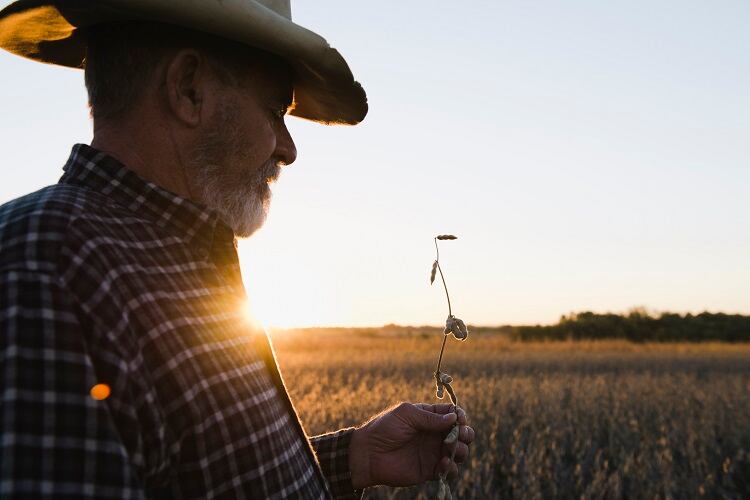
FEDIOL is similarly observing a lack of demand for sustainable soy. According to the trade association’s data, 40% of the soy its members purchase is certified sustainable. “But these companies are selling a much lower amount [of sustainable soy] than what they are buying…there is a lack of demand.
“There is not enough demand for a higher price to commit to sustainable, and deforestation-free has a similar issue,” said Lecocq.
"If the market were willing to pay a premium for sustainably sourced soy, then the biodiverse-rich environments in producing regions may well be in a better state today,” the Director-General suggested. “We probably wouldn’t be discussing legislation today, if that problem had already been solved.”


